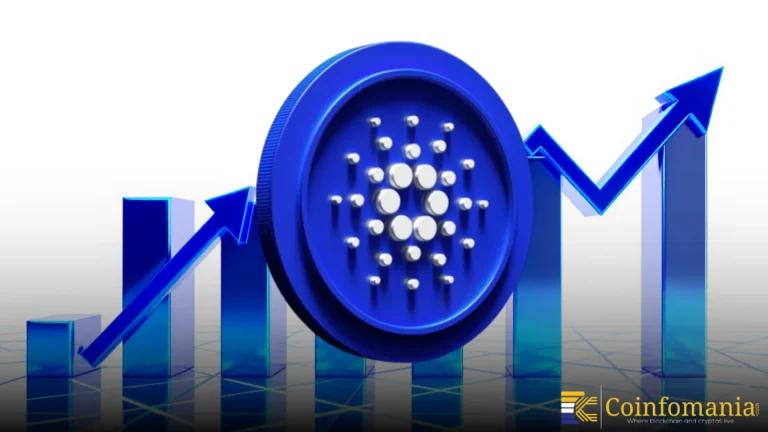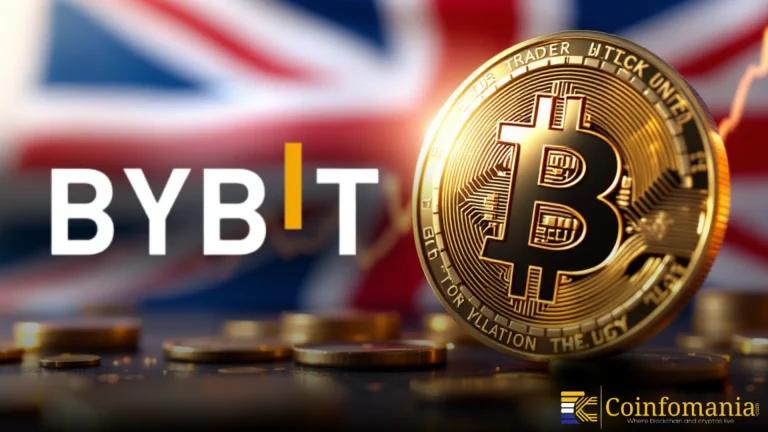China’s ¥1.5T Injection and Global M2 to Push BTC Higher
Dive into how China’s ¥1.5 trillion liquidity injection is pushing global M2 supply higher and potential Bitcoin growth in 2025.

Quick Take
Summary is AI generated, newsroom reviewed.
China injected ¥1.5 trillion via reverse repos, boosting global liquidity and supporting domestic credit conditions.
The US Dollar Index fell to its lowest since February 2022, driven by Fed uncertainty and rate cut speculation.
Rising global M2 supply correlates with Bitcoin gains; BTC may grow in value in Q3 2025.
On June 26, 2025, analyst Cas Abbé published an X post, stating that China injected ¥1.5 trillion into its economy. This injection was conducted through reverse repo operations by the People’s Bank of China (PBoC) during the week. Abbé identified the sharp drop in the US Dollar Index (DXY) as the main driver. He explained that the weaker dollar gives countries room to increase liquidity without fearing currency devaluation. According to Abbé, this is pushing global M2 supply higher and may boost BTC value. He predicted that BTC could reach $130K–$140K sometime in the third quarter of 2025.

Image 1, China’s reverse repo operation on June 23, provided by Cas Abbé

Image 2, China’s reverse repo operation on June 26, provided by Cas Abbé
Data from the PBoC compiled by Reuters shows ¥1.4 trillion in outright reverse repos since June 1. These include a ¥1 trillion three-month tranche announced on June 9 and a ¥400 billion six-month tranche on June 16. These operations are intended to provide short-term liquidity and stabilize banking system funding costs. The full ¥1.5 trillion figure likely reflects both previously announced and more recent injections combined. Analysts say this monetary activity aligns with China’s broader effort to manage growth and credit conditions domestically.
US Dollar Index Falls to Multi-Year Low Amid Policy Uncertainty
Meanwhile, US Dollar Index dropped to a level of 97.47, the lowest since February 2022. The DXY has declined by 10% year to date as markets expect a probable Federal Reserve interest rate reduction. Markets are also responding to reports that President Trump is likely to replace Jerome Powell as Fed chairman. That situation has generated uncertainty over future US monetary policy and institutional autonomy. These innovations are transforming currency markets and helping lead to a broader transformation in world financial conditions.

Image 3, Bitcoin vs US Dollar INDEX DXY, provided by MacroMicro, June 26, 2025
Kieran Williams, head of Asia FX at InTouch Capital Markets, commented on the potential implications of Powell’s removal. He said it “would raise questions about the potential erosion of Fed independence and potentially weaken credibility.” Williams warned that such a move could undermine confidence in US policy consistency. These concerns arise as global monetary tightening slows, allowing risk appetite to return to financial markets. Historically, such environments have supported price increases in risk-focused assets, including Bitcoin.
Bitcoin’s Historical Correlation with M2 Expansion
Macro desks continue to observe a pattern linking global M2 growth to BTC value increases since 2020. Each major M2 expansion has been followed, on average, by a BTC rise within a 90-day window. That historical relationship still appears intact as early Q3 2025 gets underway. Analysts now wonder whether China’s liquidity injection will trigger another upward phase for Bitcoin. Some suggest conditions resemble the 2020–2021 environment, which saw crypto prices climb during global easing.
Analyst Models Suggest BTC May Mirror M2 Growth in Coming Months
Supporting this view, crypto analyst “Collin Talks Crypto” has developed offset models based on previous M2 surges. His 78-day model suggests BTC entered a breakout phase in early April following earlier liquidity injections. A second model, based on a 108-day lag, points to slower momentum continuing into May or later. Though the timelines differ, both models highlight Bitcoin’s responsiveness to M2 money changes. Traders are using these models to guide expectations amid evolving central bank actions.
Investors Monitor Liquidity Trends as Bitcoin Eyes Potential Q3 Surge
As Q3 unfolds, investors are closely monitoring central bank decisions, M2 data, and currency shifts. The PBoC’s ¥1.4 trillion in liquidity injections and the weakening US dollar are shaping current market narratives. If past patterns hold, Bitcoin could see significant moves in response to these macro trends. However, analysts caution that outcomes may still depend on political developments and central bank credibility. For now, the interaction between China liquidity injection, global M2 money expansion, and BTC value remains a major market focus.
References
Follow us on Google News
Get the latest crypto insights and updates.
Related Posts

Cardano clears a critical governance hurdle with renewed on-chain authority
Vandit Grover
Author

Coinbase Lawsuit Sparks High-Stakes Battle Over Prediction Market Regulation
Vandit Grover
Author

Bybit Returns to the UK Market With Over 100 Crypto Trading Pairs
Vandit Grover
Author